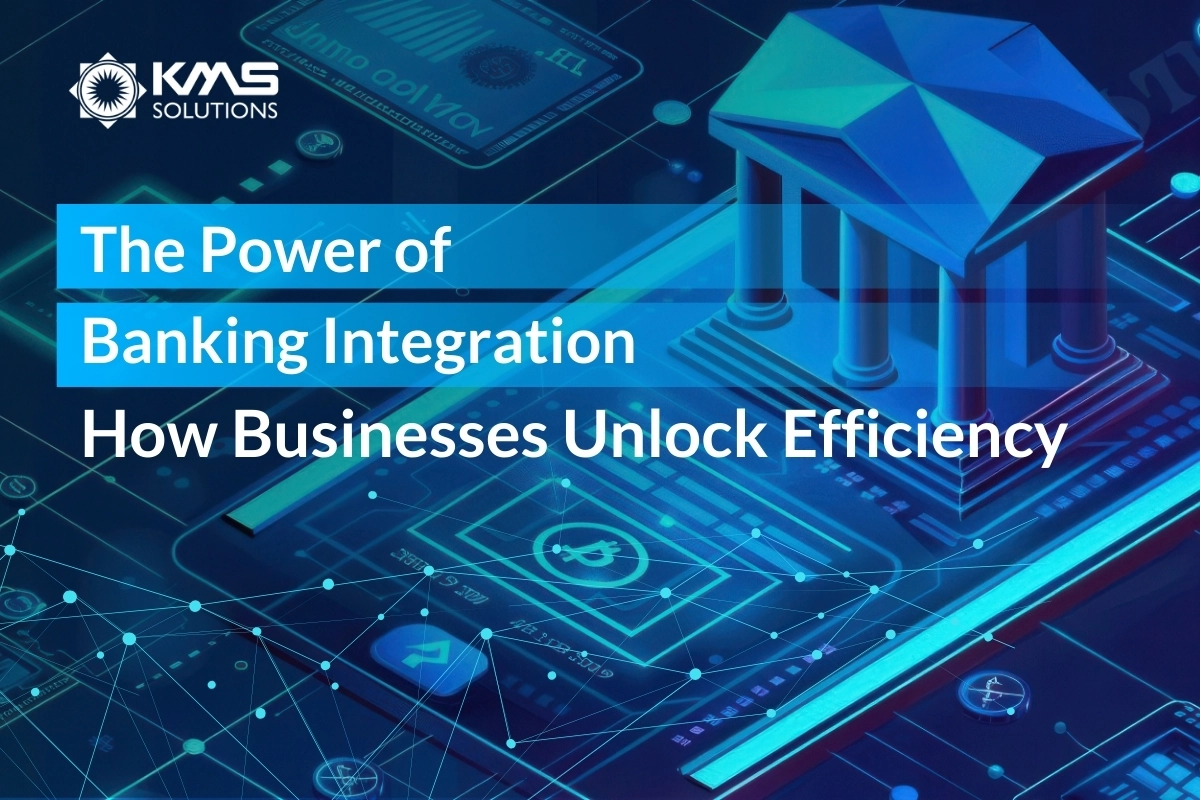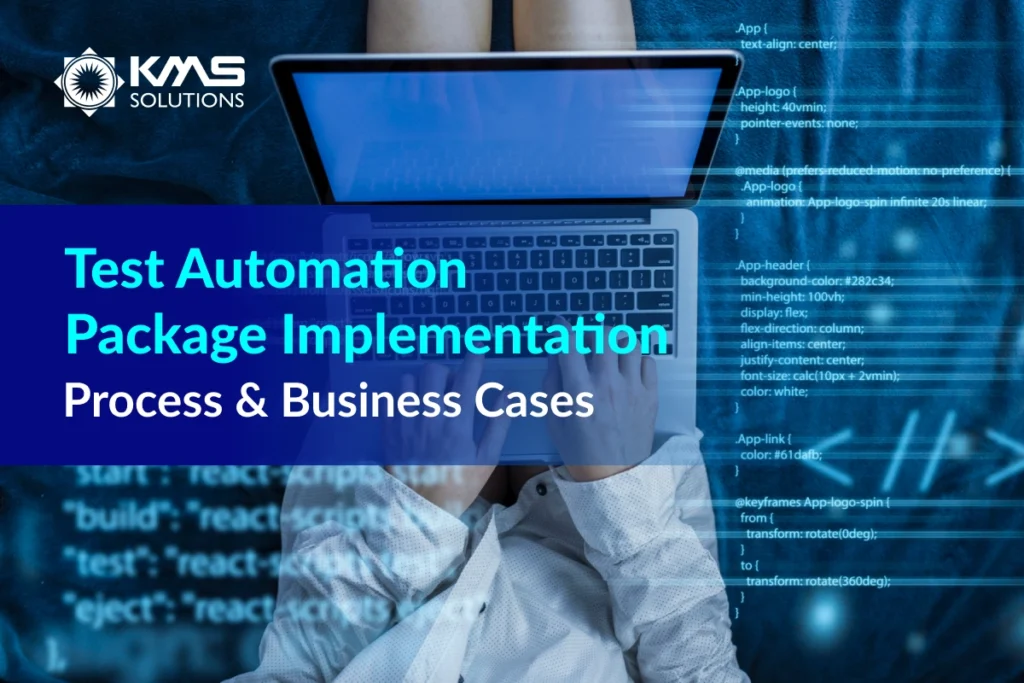In today’s fast-paced financial world, have you ever wondered how leading businesses stay ahead of the curve, reduce costs, and enhance customer satisfaction? The answer lies in a powerful tool that’s transforming the industry: banking integration. By integrating the banking system effectively, BFSI businesses can streamline financial processes but also enhance data accuracy, reduce operational costs, and enable real-time decision-making.
Today, as we delve into the intricacies of banking integration, we’ll explore how it empowers businesses to optimize their financial processes, improve decision-making, and unlock new opportunities.
1. What Is Banking System Integration? Types Of Integrated Banking Systems

Banking system integration refers to the process of connecting various banking systems, applications, platforms, and services within a bank or between different financial institutions. This integration enables streamlined operations, improved customer service, and enhanced decision-making capabilities.
By integrating disparate system integration for banks, financial institutions can create a unified infrastructure where information flows effortlessly across departments and platforms. The core objective of banking integration is to enhance efficiency, flexibility, and innovation across the financial sector.
However, each type of integrated system serves a unique and vital purpose. You can refer to the in-depth descriptions below:
| Type of System | Primary Function | Key Benefits | Features |
| Core Banking Systems | Centralized platforms that manage essential banking operations (accounts, loans, transactions) | Centralized data, streamlined operations, improved accuracy | Account management, loan processing |
| Customer Relationship Management (CRM) Systems | Manage and evaluate customer interactions and data | Enhanced customer service, personalized marketing, better customer insights | Customer support, targeted marketing, customer profile management |
| Payment Systems | Systems used to process and manage financial transactions | Faster transactions, increased security, improved customer convenience | Mobile funds transfers, credit and debit card transactions, mobile payments, and digital wallet transactions |
| Online Banking Systems | Enable banking services through web platforms | 24/7 access, convenience, cost savings | Online account management, bill payments |
| Mobile Banking Systems | Provide banking services via mobile apps | Accessibility, real-time updates, enhanced customer engagement | Mobile check deposit, account alerts |
| ATM Systems | Support cash withdrawals, deposits, and account inquiries | Accessibility, reduced branch load, customer convenience | Cash withdrawals, balance inquiries |
| ATM Network | Connect multiple ATMs for unified service | Broader access, network efficiency, service consistency | Interconnected ATMs across regions |
| Fraud Detection Systems | Monitor transactions for suspicious activity | Reduced fraud, increased security, customer trust | Transaction monitoring, risk assessments |
| Loan Origination Systems | Handle the entire lifecycle of loans, from origination and underwriting to servicing and collections | Faster approvals, improved accuracy, better customer experience | Loan applications, credit checks |
2. Advantages of Banking Systems Integration
Integrating banking systems brings significant advantages to both financial institutions and their clients:
2.1 Benefits for banks
- Enhanced Operational Efficiency: System integration for banks allows for streamlined operations by eliminating redundancies and automating routine tasks. This efficiency cuts operational expenses and reallocates resources to support strategic projects. Automated processes also minimize human error, increasing accuracy and reliability in banking operations.
- Regulatory Compliance: Integrated systems provide a unified framework for managing regulatory compliance. This ensures that all aspects of the bank’s operations adhere to necessary standards and reduces the risk of non-compliance penalties.
- Cost Reduction: Integration reduces the need for maintaining multiple disparate systems, lowering IT maintenance and support costs. By consolidating their infrastructure, banks can achieve economies of scale, optimize their technology investments, and improve overall profitability.
2.2 Benefits for Customers
- Seamless Experience: For customers, integrated banking systems provide a cohesive experience. Integrated banking systems offer customers a smooth and consistent experience across various banking channels, such as online banking, mobile apps, and in-branch services.
- Personalized Services: With integrated systems, banks can offer more personalized and timely services. With advanced data analytics, banks can gain a clearer picture of customer behavior and preferences.
- Greater Convenience: The integration of banking systems translates to greater convenience for customers, who can conduct banking activities anytime and anywhere through digital channels. Integration allows for quicker processing of transactions, reducing waiting times for customers. Whether it’s transferring funds, paying bills, or applying for loans, customers benefit from faster and more efficient services.
3. Challenges in Banking System Integration

Banking integration involves merging different banking systems and technologies to provide straightforward services. While this integration promises efficiency and improved customer experiences, it also presents several challenges.
3.1 Trouble in Updating Legacy Systems
Many banks operate on outdated legacy systems that have been in place for decades. These systems are often built on older programming languages and outdated infrastructure, making them difficult to upgrade or integrate with modern technologies.
Moreover, many of these legacy systems lack APIs, which complicates integration with modern technologies. Over time, maintenance teams have changed, resulting in a loss of the original knowledge and expertise about these systems. This knowledge gap, combined with the outdated infrastructure, leads to several issues, including slowing down the system development/upgrade process, technological limitations, and scalability issues.
3.2 Security Concerns in Banking Systems
Since financial system integration entails the exchange of data between various systems, security is paramount. Banks must guarantee that sensitive customer information remains secure during the integration process and throughout continuous data exchanges.
Therefore, ensuring compliance with data protection regulations, such as GDPR and PCI DSS, across integrated systems is essential. Additionally, managing and securing access to integrated systems becomes more challenging, especially with increased points of entry.
3.3 Banking Services Offered by Tech Companies
Big tech players like Google, Apple, and Amazon are venturing into the finance industry. They are introducing a variety of financial products, from payment services and credit cards to savings accounts. These companies benefit from strong brand loyalty and extensive user bases. Moreover, tech companies often have the resources to navigate complex financial regulations, posing a competitive threat to traditional banks.
For instance, Apple’s introduction of the Apple Card, which integrates seamlessly with Apple Pay and offers features like cash back and no fees, pressures traditional banks to offer comparable digital banking experiences.
3.4 Challenges with New Technology
Integrating emerging technologies such as artificial intelligence (AI), machine learning (ML), and blockchain into banking systems presents unique challenges. Banks may lack the in-house expertise required to implement and manage these new technologies effectively. The integration of new technologies with existing systems can be technically complex and time-consuming.
Despite all of these, banks that successfully navigate these complexities can engage with trusted technology providers to have the right strategy and domain knowledge to integrate banking systems effectively.
4. KMS Solutions’ Strategies for Effective Bank Integration to Enhance Efficiency and Growth

A successful banking system integration requires several steps to apply.
4.1 Comprehensive Planning
Detailed planning helps anticipate challenges and mitigates risks, ensuring the integration process runs smoothly. Start by assessing the current systems and identifying areas that need improvement. Then, it is essential to develop a clear roadmap outlining the steps, timelines, and resources required.
Tips:
- Conduct a thorough assessment of existing systems.
- Involve stakeholders early to gather diverse insights.’
Some potential goals for core banking system integration that banks can consider include: enhancing compliance with regulations like AML, CTF, and DORA, streamlining financial transactions to reduce processing delays and errors, and reducing costs associated with maintaining legacy systems.
4.2 Evaluate and Streamline Processes
Before integrating new system integration for banks, evaluate current processes to identify which processes should be retained, simplified, and discarded. Hence, you can streamline operations to eliminate redundant tasks and optimize workflows. This paves the way for a seamless integration and lays the groundwork for a boost in efficiency once the process is complete.
- Map out current workflows and identify bottlenecks.
- Simplify processes to remove unnecessary steps.
- Ensure new systems align with streamlined workflows.
4.3 Define Your Integration Plan
Next, a well-defined integration plan helps you to minimize disruptions and ensure data integrity during the transition.
- Design the technical architecture for the integration, including data flows, interfaces, and communication protocols.
- Define how different systems will interact, such as through APIs, middleware, or direct database connections.
- Plan for data synchronization, data quality management, and data transformation between systems.
4.4 Embrace New Technologies and Modern Integration Platforms
Adopting new technologies and modern integration platforms can enhance efficiency and scalability when switching core banking infrastructure. Look for solutions that offer flexibility, such as cloud-based platforms and APIs, which allow for communication between systems.
Tips
- Research and invest in scalable, flexible integration platforms.
- Keep abreast of emerging technologies to stay competitive.
4.5 Implement Robust Security Measures
Finally, it is never enough to apply security to the integration of the banking system. This includes encryption, access controls, and regular security audits. Ensuring strong security protocols helps build trust with customers and protects the bank from potential cyber threats.
5. KMS Solutions- Effective Banking System Integration Solution
After reviewing comprehensive banking system integration guides and case studies, if you’re looking for a robust solution to transform your digital banking systems, KMS Solutions offers an exemplary approach.
- Advanced Technologies: Utilizing cutting-edge technologies such as microservices architecture, APIs, and cloud computing, KMS Solutions provides scalable and flexible integration solutions. These technologies enable banks to enhance their operational efficiency, security, and compliance.
- Access to Services and Data: KMS Solutions ensures efficient, location-independent access to data and services, vital for maintaining smooth banking operations and enhancing customer experiences.
- Agility and Scalability: Offering rapid, flexible market responses, their solutions scale to accommodate future growth and changes in banking.
- Business Operation Automation: KMS Solutions reduces IT costs and minimizes development and implementation risks through automation. This strategy boosts performance and maximizes investment returns.
Ready to revolutionize your banking systems? Explore our Application Integration services today!











